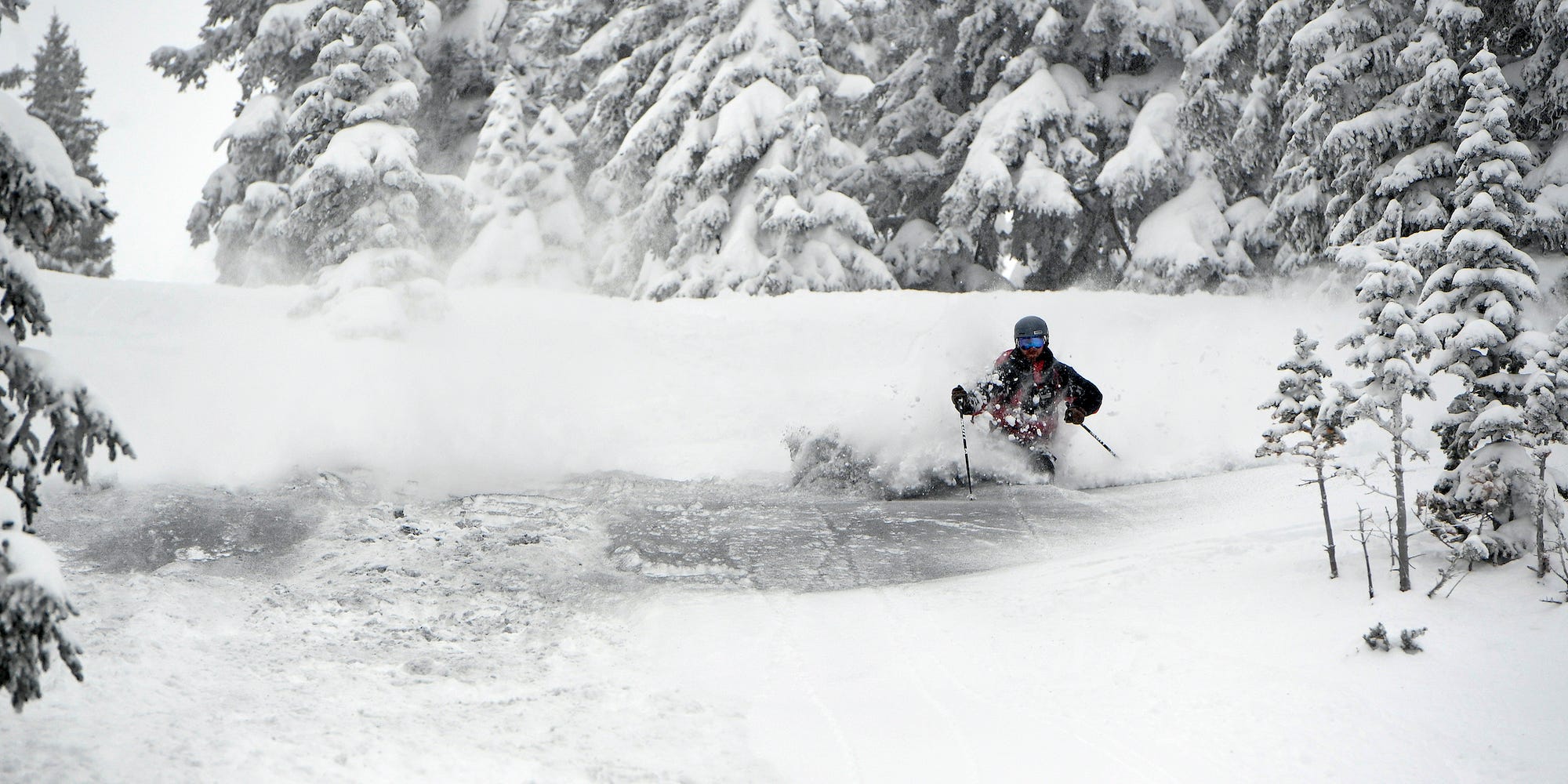
Helen H. Richardson/The Denver Post via Getty Images
- The US has recorded one of its deadliest avalanche seasons in the past decade.
- Experts say more people partaking in winter sports is partly to blame.
- In the vast majority of cases, the avalanches were triggered by humans.
- Visit Insider’s homepage for more stories.
An increased interest in winter sports due to the pandemic is contributing to a higher number of avalanche deaths, CNN reported.
Experts say that a rise in people going skiing, snowboarding, and snowmobiling to avoid crowded indoor settings has caused an increase in avalanches.
In Colorado, where there have been over 10 deaths from avalanches, long lines of people waited in lift lines after snow finally started to accumulate on February 7, a local CBS outlet reported.
“We are seeing dramatic increases in use in our public lands, so there’s more people out there skiing and snowboarding, and it means there’s more potential triggers,” Dr. Karl Birkeland, director of the US Forest Service’s National Avalanche Center, told CNN. “The pandemic has definitely increased the number of people going into the backcountry, which increased our exposure to potential avalanche accidents.”
Thirty-three people have died so far this winter season, according to the Colorado Avalanche Information Center. The highest avalanche death toll was recorded more than a decade ago, with 36 deaths during the 2009-2010 winter season.
February was also the deadliest month since the center started tracking avalanche deaths, with at least 26 deaths.
Earlier this month, four skiers were killed and four others were injured in Utah after they triggered an avalanche. The Utah Avalanche Center reported that in 90% of avalanche fatalities, the avalanche was triggered by the weight of the victim or someone in their group.
The National Oceanic and Atmospheric Administration (NOAA) added that beyond a trigger, a slope and snowpack are factors that also contribute to an avalanche.
Snowpack refers to the accumulation of snow on the ground. Ethan Greene, director of the Colorado Avalanche Center, told the Fort Collins Coloradoan that precisely how snow accumulates is what poses a risk.
Greene said that snowpack can be seen specifically in the Intermountain West and Rocky Mountains. There, he said, larger snowfalls from December had piled up on a "super weak'' layer of snow that had fallen in the fall before the weather got drier. The larger snow accumulation on the weak surfaces made it easier for people to trigger the avalanches
While the amount of people skiing may contribute to an increased risk of avalanches, experts have said the activity is a relatively low risk for exposure to COVID-19.
"You're limited in your exposure to others. Typically, close contact to transmit COVID requires about 15 minutes of close contact, and generally, when you're riding a lift, or in a line, you're not going to be within 6 feet of someone for 15 minutes," Dan Hendershott, Summit County's Environmental Health Manager, told CBS.
